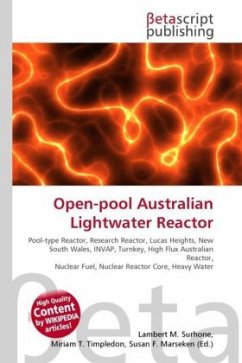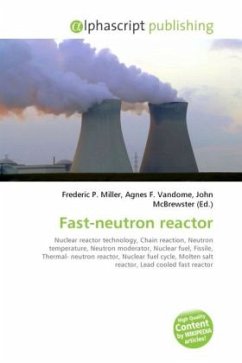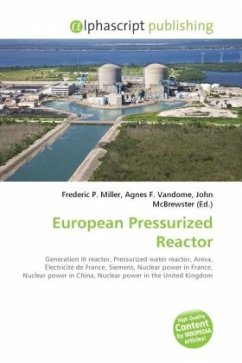High Quality Content by WIKIPEDIA articles! A thermal reactor uses slow or thermal neutrons. Most power reactors are of this type. These type of reactors use a neutron moderator to slow neutrons until they approach the average kinetic energy of the surrounding particles, that is, to reduce the speed of the neutrons to low velocity thermal neutrons. The nuclear cross section of uranium-235 for slow thermal neutrons is about 1000 barns. For fast neutrons it is in the order of 1 barn. Thermal neutrons will be more likely to cause uranium-235 to fission when it is struck by the neutrons, in this case thermal neutrons, and fewer neutrons will be captured by uranium-238. If at least one neutron from the U-235 fission strikes another nucleus and causes it to fission, then the chain reaction will continue. If the reaction will sustain itself, it is said to be critical, and the mass of U-235 required to produce the critical condition is said to be a critical mass.
Bitte wählen Sie Ihr Anliegen aus.
Rechnungen
Retourenschein anfordern
Bestellstatus
Storno








